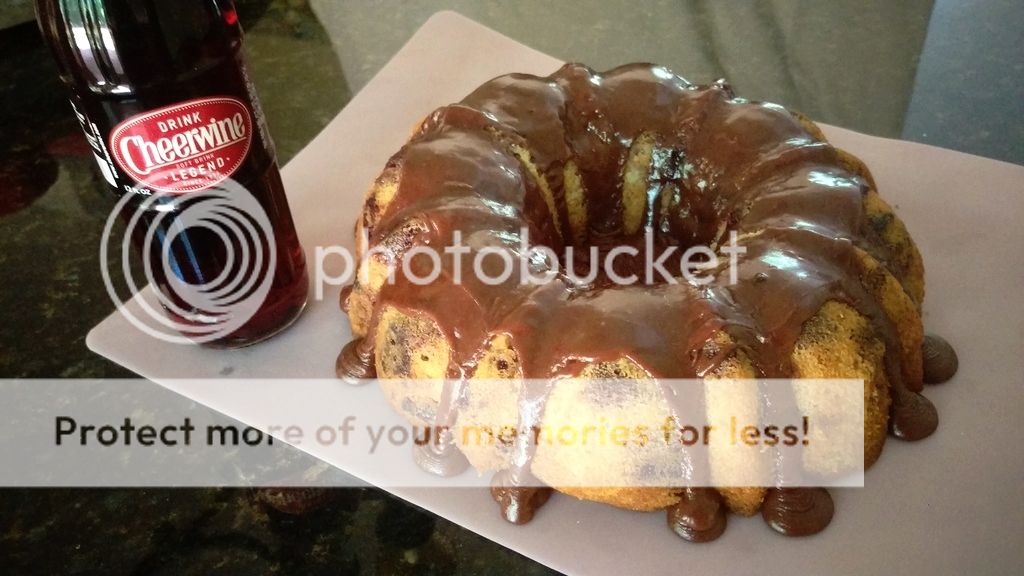</speedrack>
Cherry season seems to blow by. One minute they appear in the front of the grocery store ripe and busting with possibility. The next, they've been replaced by grapes. Grapes. They're good and all, but not cherries.
 |
| The cherry baking struggle is real. |
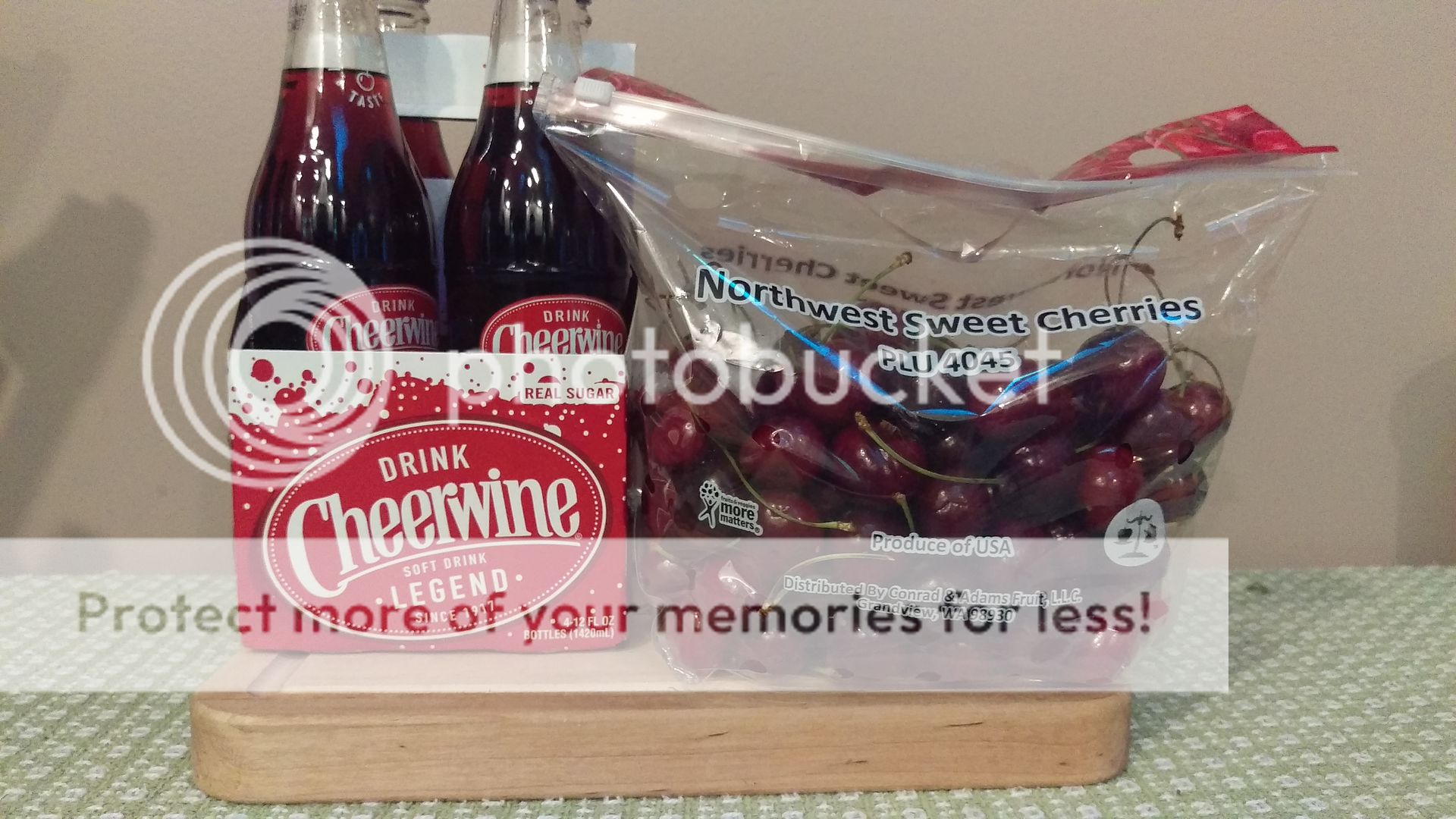 |
| Reunited and it tastes so good! |
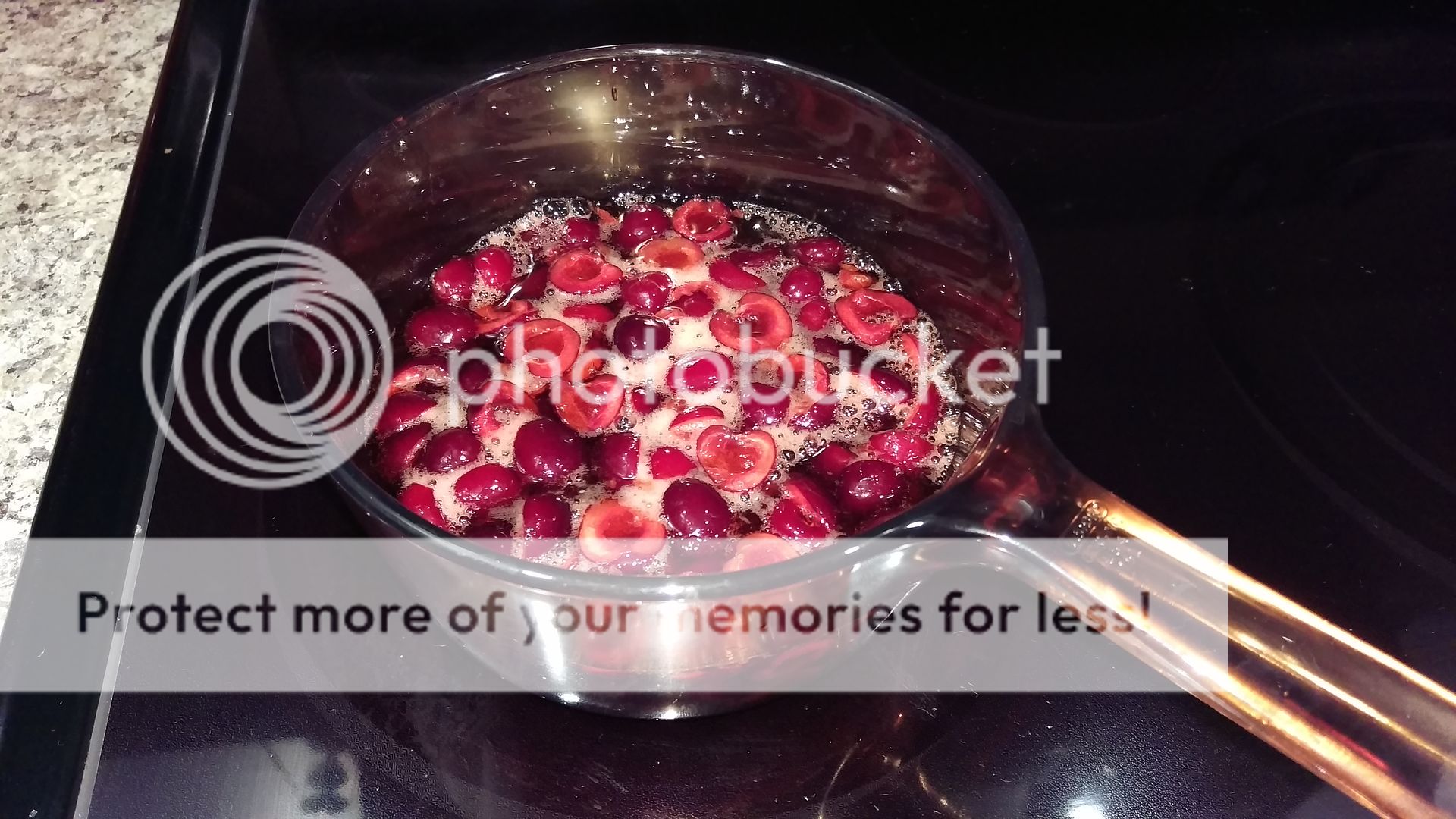 |
| About 10 minutes away from reduced heaven |
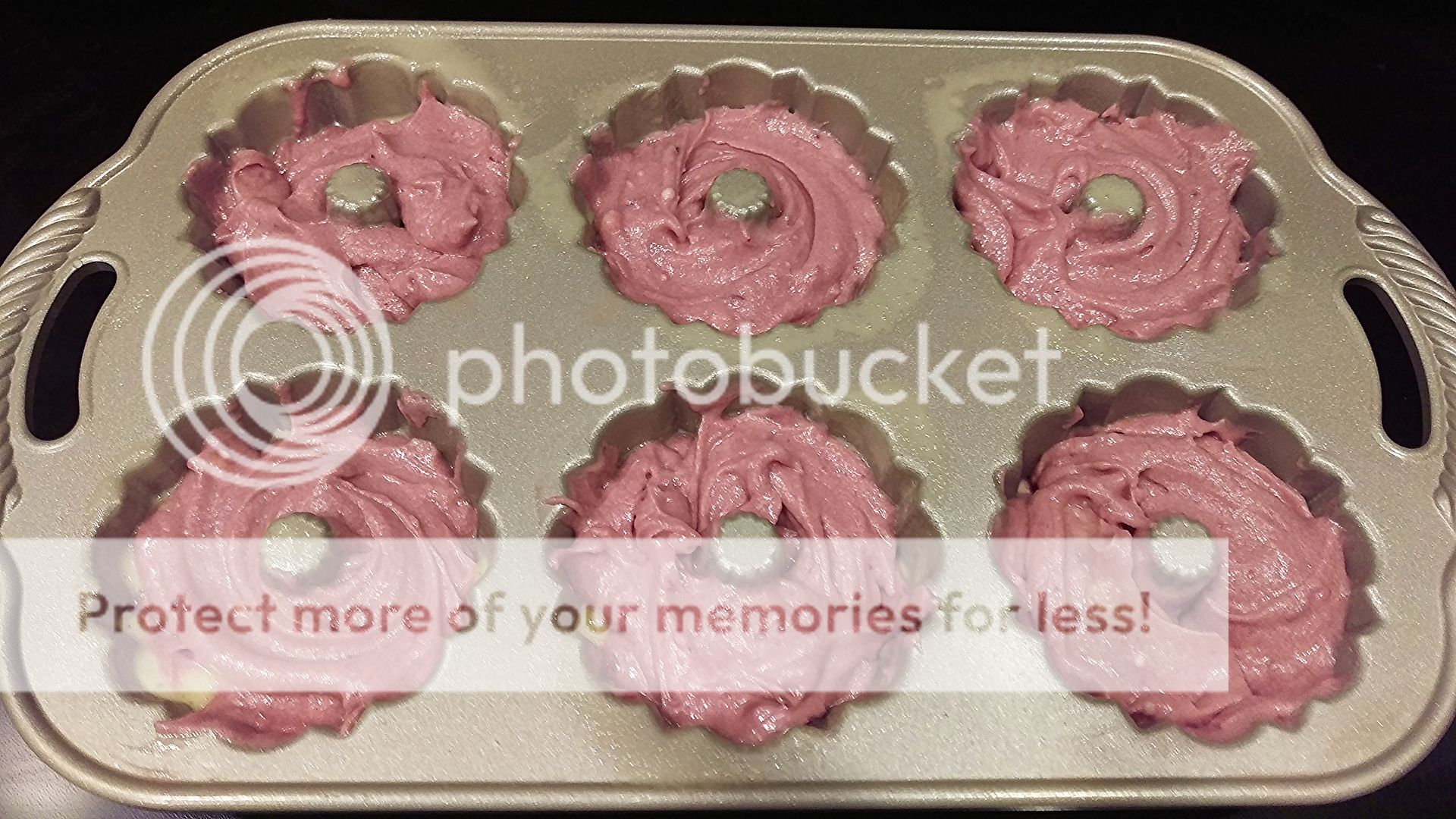 |
| Now saying you ate a whole cake by yourself is slightly less impressive |
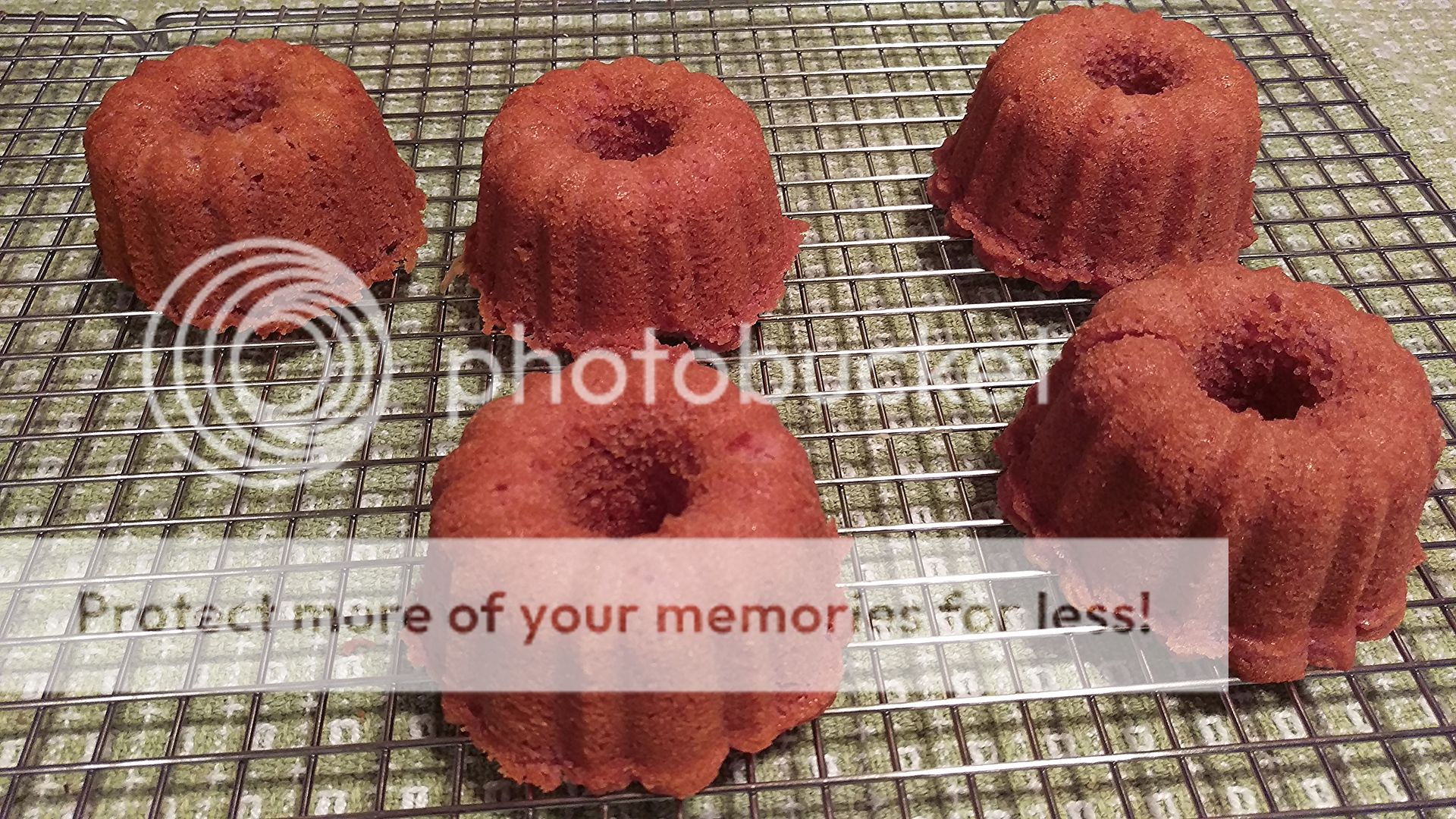 |
| Notice how one didn't even make it into the picture-taking experience |
Cheerwine Cherry Bundt Cake substitutions:
Red food coloring = slightly more Cheerwine Cherry syrup (we're talking like a 1/4-1/3 tsp) to make up the liquid ratio
1 cup Cheerwine = 1 cup Cheerwine Cherry Sauce
1/2 shortening = 1/2 butter; this sub can be made, and I sometimes prefer it so the outside doesn't darken as much. Let the beautiful red out!
This left me with the "problem" of the Cheerwine Cherries. After some thinking during my first solution (read: eating with a spoon), I decided to throw them into my favorite berry bundt cake recipe: Strawberry Yogurt Cake from Tide and Thyme. I stumbled into this cake while trying to find something to do with a leftover raspberry reduction. I find it's a great lighter vehicle for any fruit or fruit reduction.
 |
| Why yes those are the cherries going in the next batch. |
12 oz strawberries = 1 heaping cup of Cheerwine Cherries. I added cherries until it looked good for me personally; just mind the volume increase
Of course this is only the beginning for this delicious mixture. I've also used the Cheerwine Cherry Syrup in a frosting recipe (results: delicious), and the Cheerwine Cherries as a topping for mini white chocolate pudding cups (results: indeterminate due to "mysteriously vanishing" pudding. Oh darn, going to have to make it again...). I'm doing further experimentation with these 2 wonderful ingredients which hopefully you'll read about right here. Stay tuned, and go forth to experiment yourself!
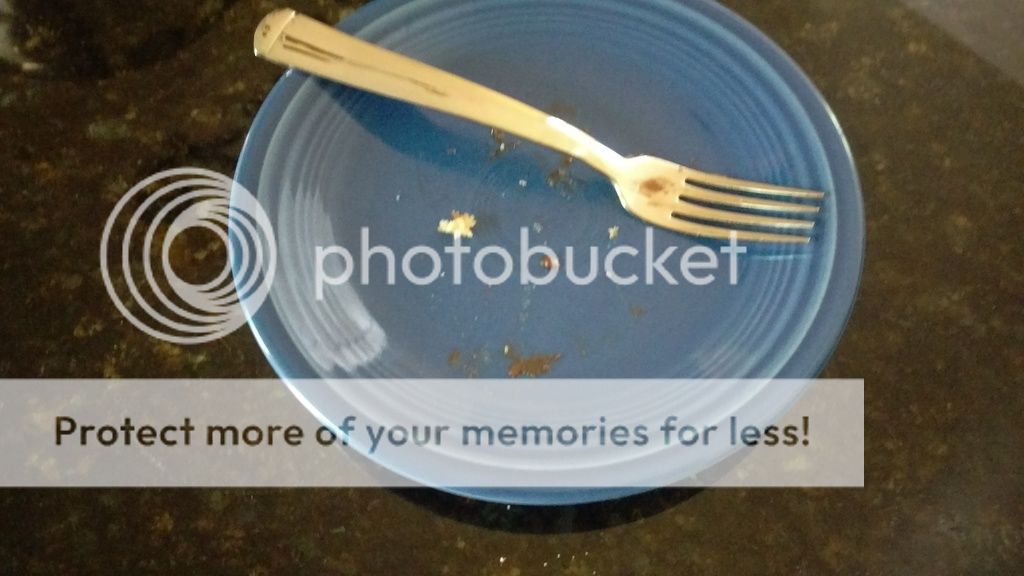 |
| Easiest photo setup ever. |
</sidebar>
